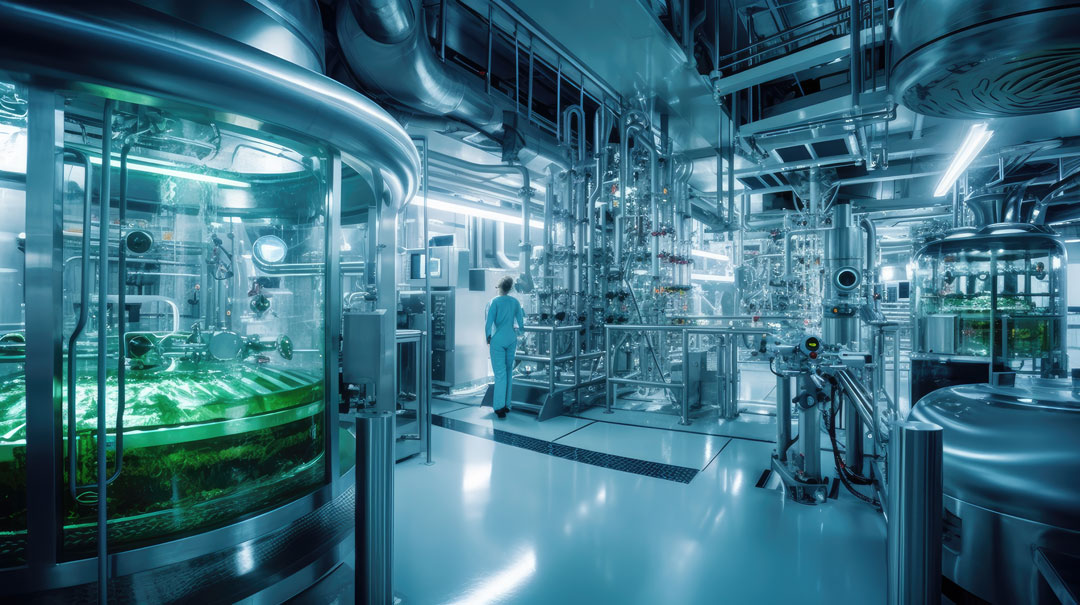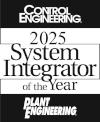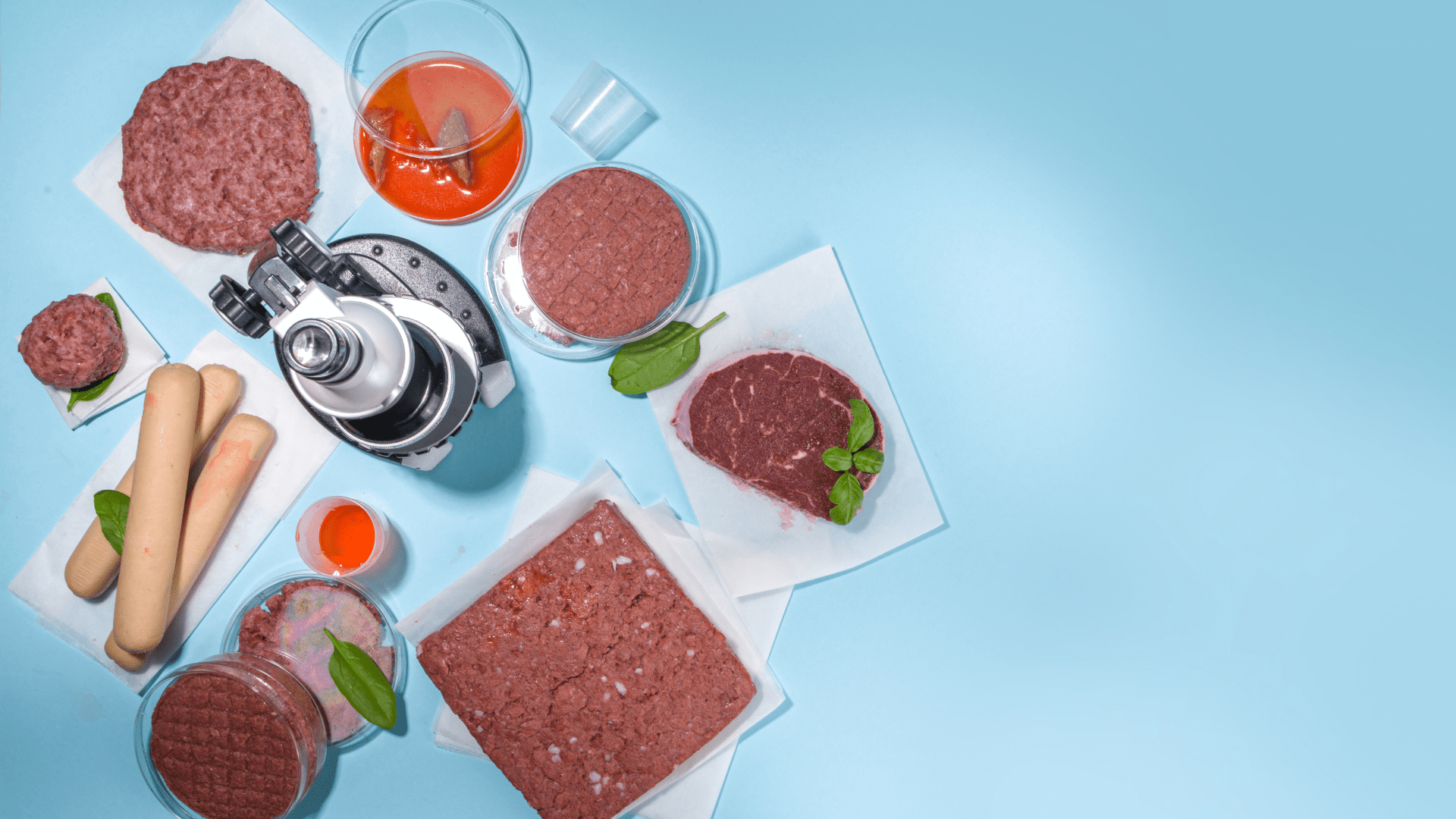Authored By: Jakub Mocny, PhD, Group Engineering Manager In the world of industrial automation, the S88 standard, also known as ANSI/ISA-88 or Batch Control, plays a vital role in providing a universal framework for the control and automation of manufacturing processes. Developed by the International Society of Automation (ISA), the S88 standard offers a structured approach to designing, implementing, and maintaining batch processes. For those who are new to the S88 standard and want to delve into its applications across various industries, this article serves as a guide to understanding the fundamentals of the S88 standard, its benefits, and an overview of its working principles. What is the S88 Standard for Batch Control Systems? The S88 standard provides a comprehensive and modular methodology for designing, implementing and managing batch processes in industries such as: The S88 standard establishes a consistent and structured approach to defining the equipment, control strategies, procedural operations, and information systems required for effective batch process automation. Within the ISA-95 framework, batch systems adhering to S88 standard are identified as Level 2 systems. They are subordinate to Level 3 MES systems and achieve process control through interaction automation and control systems (ISA-95 Level 1 and 2). In practical terms, a batch control application executes recipes. A recipe is a sequence of operations containing multiple recipe phases. Recipe phases interface with the physical plant equipment through equipment phases typically executed by PLCs. S88 sets guidelines for best practices that help industries self-regulate quality and consistency. Applications of the S88 Standard in Industrial Automation While the S88 standard was originally developed for batch processes, its applications are not limited to specific industries. The versatility of the standard enables its adoption in a wide range of fields. In general, automation system builders may benefit from using the S88 concepts even … Continued





